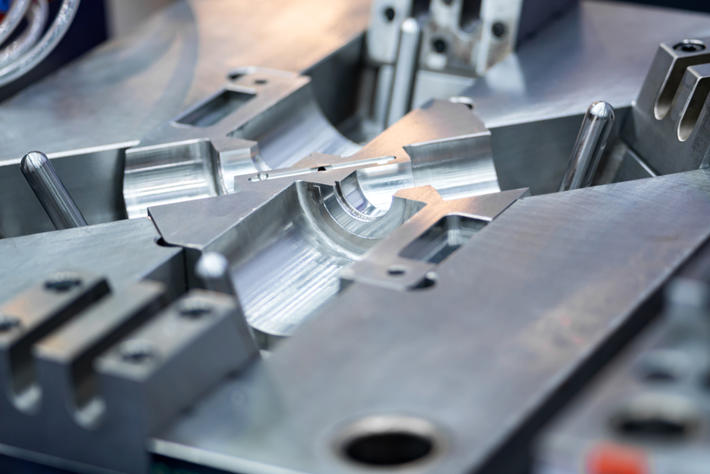Aluminum die casting is a popular method of producing high-quality metal parts in large quantities. It is widely used in various industries, including automotive, aerospace, and consumer electronics. The process involves injecting molten aluminum into a mold cavity under high pressure to produce a desired shape.
To produce accurate and precise aluminum parts through die casting, the mold must also be accurate and precise. In this comprehensive guide, we will take you through the process of creating an aluminum die cast mold.
1. Designing the Mold
The first step in creating an aluminum die cast mold is designing the mold. This step involves determining the shape and size of the desired product and designing the mold to produce that shape. The mold designer will use computer-aided design (CAD) software to create a 3D model of the mold.
The mold design will include various features such as gates, runners, and vents. Gates are the openings through which the molten aluminum is injected into the mold. Runners are the channels that distribute the molten aluminum to various parts of the mold, and vents are the openings that allow air to escape from the mold cavity.
2. Tooling the Mold
After the mold design is complete, the next step is tooling the mold. In this step, the mold designer will use computer-aided manufacturing (CAM) software to create a tool path that will be used to machine the mold from a block of steel. The tool path is a set of instructions that the computer will use to control the cutting tools to shape the mold.
The mold is usually machined from a block of steel using a combination of milling, grinding, and electrical discharge machining (EDM). The mold must be machined to very tight tolerances to ensure that the final product is accurate and precise.
3. Finishing the Mold
After the mold has been machined, it is finished by polishing and coating the surface. Polishing the mold surface improves the surface finish of the final product and reduces the amount of post-processing required. Coating the surface of the mold with a release agent helps to prevent the molten aluminum from sticking to the mold surface.
4. Testing and Adjusting
Once the mold is finished, it is tested and adjusted to ensure that it produces the desired product. In this step, the mold is mounted on a die casting machine, and molten aluminum is injected into the mold cavity. The final product is then examined to ensure that it meets the required specifications.
If the product does not meet the required specifications, adjustments are made to the mold. This process is repeated until the mold produces the desired product.

5. Production
After the mold has been tested and adjusted, it is ready for production. The mold is mounted on a die casting machine, and the production process begins. Molten aluminum is injected into the mold cavity under high pressure, and the final product is formed.
The production process can be automated to produce large quantities of parts quickly and efficiently. The mold is durable and can produce thousands of parts before needing to be replaced.
Conclusion
Creating an aluminum die cast mold requires careful planning, tooling, and testing to produce accurate and precise parts. The mold must be machined to tight tolerances, and the final product must meet the required specifications. Once the mold is finished, it can produce large quantities of parts quickly and efficiently, making it a popular method in various industries. If you need to produce high-quality metal parts in large quantities, aluminum die casting may be the solution you need.

 0086-750-5616188
0086-750-5616188 +86 13392089688
+86 13392089688 sales@zhongmei-tech.com
sales@zhongmei-tech.com













